|
It's Saturday again and it's time for another harmony tutorial. Let's harmonize B minor scale in the left hand using simple chords (i, iv, V, VI and some others) for 4 voices. Hope you will enjoy it! If you need more help with harmonisation, I recommend Harmony for Organists (Level 1) course: https://secrets-of-organ-playing.myshopify.com/products/harmony-for-organists-level-1?pos=1&sid=1e7a2b2b1&_ss=r Join this channel to get access to perks such as custom weekly members-only tutorials and others: https://www.youtube.com/channel/UCO4K3_6QVJI_HlI5PCFQqtg/join We support Ukraine: https://www.blue-yellow.lt/en If you like what I do, you can buy me some coffee: https://www.buymeacoffee.com/organduo PayPal: https://PayPal.Me/VPinkevicius My Hauptwerk setup: https://www.organduo.lt/tools.html Total Organist - the most comprehensive organ training program online: https://www.organduo.lt/total-organist Secrets of Organ Playing - When You Practice, Miracles Happen! https://organduo.lt Listen to my organ playing on Spotify: https://open.spotify.com/artist/0ckKPIvTWucoN3CZwGodCO?si=YWy7_0HqRvaZwBcovL-RKg
Comments
It's Saturday again and it's time for another harmony tutorial. Let's harmonize D minor scale in the left hand using simple chords (i, iv, V, VI, III and some others) for 4 voices. Hope you will enjoy it! If you need more help with harmonisation, I recommend Harmony for Organists (Level 1) course: https://secrets-of-organ-playing.myshopify.com/products/harmony-for-organists-level-1?pos=1&sid=1e7a2b2b1&_ss=r Join this channel to get access to perks such as custom weekly members-only tutorials and others: https://www.youtube.com/channel/UCO4K3_6QVJI_HlI5PCFQqtg/join We support Ukraine: https://www.blue-yellow.lt/en If you like what I do, you can buy me some coffee: https://www.buymeacoffee.com/organduo PayPal: https://PayPal.Me/VPinkevicius My Hauptwerk setup: https://www.organduo.lt/tools.html Total Organist - the most comprehensive organ training program online: https://www.organduo.lt/total-organist Secrets of Organ Playing - When You Practice, Miracles Happen! https://organduo.lt Listen to my organ playing on Spotify: https://open.spotify.com/artist/0ckKPIvTWucoN3CZwGodCO?si=YWy7_0HqRvaZwBcovL-RKg It's Saturday again and it's time for another harmony tutorial. Let's harmonize F major scale in the left hand using simple chords (I, IV, V, vi and some others) for 4 voices. Hope you will enjoy it! If you need more help with harmonisation, I recommend Harmony for Organists (Level 1) course: https://secrets-of-organ-playing.myshopify.com/products/harmony-for-organists-level-1?pos=1&sid=1e7a2b2b1&_ss=r Join this channel to get access to perks such as custom weekly members-only tutorials and others: https://www.youtube.com/channel/UCO4K3_6QVJI_HlI5PCFQqtg/join We support Ukraine: https://www.blue-yellow.lt/en If you like what I do, you can buy me some coffee: https://www.buymeacoffee.com/organduo PayPal: https://PayPal.Me/VPinkevicius My Hauptwerk setup: https://www.organduo.lt/tools.html Total Organist - the most comprehensive organ training program online: https://www.organduo.lt/total-organist Secrets of Organ Playing - When You Practice, Miracles Happen! https://organduo.lt Listen to my organ playing on Spotify: https://open.spotify.com/artist/0ckKPIvTWucoN3CZwGodCO?si=YWy7_0HqRvaZwBcovL-RKg It's Saturday again and it's time for another harmony tutorial. Let's harmonize E minor scale in the left hand using simple chords (i, iv, V, VI, III and some others) for 4 voices. Hope you will enjoy it! If you need more help with harmonisation, I recommend Harmony for Organists (Level 1) course: https://secrets-of-organ-playing.myshopify.com/products/harmony-for-organists-level-1?pos=1&sid=1e7a2b2b1&_ss=r Join this channel to get access to perks such as custom weekly members-only tutorials and others: https://www.youtube.com/channel/UCO4K3_6QVJI_HlI5PCFQqtg/join We support Ukraine: https://www.blue-yellow.lt/en If you like what I do, you can buy me some coffee: https://www.buymeacoffee.com/organduo PayPal: https://PayPal.Me/VPinkevicius My Hauptwerk setup: https://www.organduo.lt/tools.html Total Organist - the most comprehensive organ training program online: https://www.organduo.lt/total-organist Secrets of Organ Playing - When You Practice, Miracles Happen! https://organduo.lt Listen to my organ playing on Spotify: https://open.spotify.com/artist/0ckKPIvTWucoN3CZwGodCO?si=YWy7_0HqRvaZwBcovL-RK
Vidas: Hi guys, this is Vidas!
Ausra: And Ausra! V: Let’s start episode 504 of Secrets of Organ Playing Podcast. This question was sent by Vitold, and he writes: “Good day! This is Vitold from the organist school. Can you send or recommend literature to better understand organ harmony? Because I write those notes and I can't understand where and how those intervals are calculated. The hardest part I ever studied was the harmony I never understood. I played mostly from hearing and finally I would like to learn. Sincerely Vitold” So Vitold is a student from St. Gregory’s organist school, where I teach, this semester, Harmony. And there are something like 14 students in this course. Two are on the second level, and the rest of them are at the beginner level. So Vitold is at the beginner level, and during the first lesson or class, I gave them five hymns to work on, but I didn’t ask them to supply 4-part harmony, yet. Only to supply the bass line to the soprano melody. But, I asked them to think about the sweet-sounding intervals of sixths, and thirds, and octaves and fifths, but to avoid parallel octaves and fifths, and mostly use sixths and thirds in alternation. And, in order to avoid forbidden intervals, aim for contrary motion between the hands. When the soprano goes up, the other voice has to go down and vice versa. So this the general instruction. A: So basically, you are teaching it, not more like a harmony, what I understand is harmony, but more as about counterpoint. V: That’s right. We are starting from there, because before there was harmony, there was counterpoint. A: But, I think as an advanced musician, you need to understand that counterpoint in general is much more complex and difficult than harmony. V: If you take it into consideration the next species of counterpoint, not only note against note, but two, three, four, five mixed counterpoint, right? This is difficult, but from what I assigned, they only have to supply one note in the bass against one note in the soprano. A: But you know, what I understood from Vitold’s question, I think he is in much bigger trouble than he… V: ...realizes… A: ...realizes, yes, because he cannot calculate intervals. It means he doesn’t know what a certain interval is. And, it means that he really needs, probably, elementary music theory, to learn before taking any courses of harmony. V: That’s why I didn’t start with four voices. You know? And the next lesson when we meet, maybe I have to refresh what intervals are, what kind of intervals you can use… A: But then, you know, other guys in that course that know what intervals are will be bored! V: Yes! Yes, that’s true. A: I guess they need to do some sort of entry examination into this organ school. V: They didn’t. A: I know! I remember, I taught there last year for a half a year, and then I quit it, because I had like 18 students at very different levels, and I had to teach all of them harmony. V: So, to help Vitold and others who don’t know what an interval is, I took my camera yesterday and recorded a video about intervals, basically listing all those intervals from the unison up to a perfect octave from the note C, and I calculated their distance in terms of half steps and whole steps. A: Another thing that I was thinking while reading Vitold’s question was that he seems to have some musical training in the past, but hasn’t learned much out of it. So these are the hardest students, I believe, that have some formal training but haven’t learned anything, because, they seem to like to complain about things, resist things that you are offering them, and it’s just really bad. V: If he were a fresh beginner without any training, like a blank sheet of paper, you could write on a blank sheet of paper. But if you have a paper with something written in, you have to first erase incorrect things on that paper, and then rewrite everything from scratch. A: That’s right. So good luck for you, Vidas. I’m glad I’m not teaching harmony there this year. V: Yes, you can laugh at me, now. A: No, I’m not laughing. I feel really sorry for you. V: Or you can build a monument for me. After this semester. A: You haven’t built a monument for me after last year! V: Let’s build a monument for each other. A: Yes, ok. But anyway, harmony is not such a hard thing. If you can count to ten, you can learn harmony, too. V: Obviously, only the first twenty years are difficult. Afterwards it’s easy. A: But, you know, by having an understanding of harmony and about chords and how they are connected and all those things are a big help for a church organist. I cannot imagine being a good organist without having at least a basic knowledge of harmony. Especially if you are working in a Catholic church. V: In Lithuania. Because in more civilized countries, musically, they have hymnals and supplements, and harmonizations of melodies they have to play, and people sometimes can get away without harmonizing things. But in Lithuania, there are only a few hymnals with harmonizations, and the rest is up to an organist. A: So basically, if you are a church organist in Lithuania, you need to be an organist, a conductor, a composer, and cantor. V: Total organist, right? A: Yes, basically Total Organist. V: Like we teach! Excellent. So guys, please send us more of your questions; we love helping you grow, and remember: When you practice, A: Miracles happen. I'm in my car right now, parked just outside the cultural center of the university and waiting for our secret training session to begin. They said, "Don't wear high heels..." Not sure why. I guess we'll find out soon enough.
This week my main focus will be on composing "Puer natus est nobis" for organ duet, sight-reading new music, playing organ duets with Ausra, starting to practice Toccata by Paul Ayres, going to a couple long training sessions at the cultural center today and tomorrow, having Unda Maris organ studio rehearsal, interviewing my former organ professor Pamela Ruiter-Feenstra for the podcast, recording another organ demonstration for art students with sound experiments, preparing for Saturday's Harmony class and recital of my colleague at the church. This recital will be dedicated to the 150 anniversary of Lithuanian composer, organist and choir conductor Juozas Naujalis. I need to check if the posters are all printed out and prepare program notes. And of course I will be writing blog posts, creating podcasts and drawing Pinky and Spiky comics. Now I have to run to this secret training session because it will be starting in a few moments. I'm glad I'm not wearing my high heels today, haha! Today I taught harmony for a group of 14 church organists at Vilnius Cathedral. This course is a part of St Gregory Organ Academy. We will have 4 more classes this semester and today was the first meeting which was combined with liturgical organ playing class. We started with my colleague Paulius Grigonis giving an overview of his course about playing acclamations.
People usually struggle with playing some forms of Amen, Benediction and Preface. So Paulius prepared some sheets with correct answers in one voice notation. The students will have to learn to supply their harmonizations during the semester. Then they tried playing some answers in octaves and in four parts. I also suggested a two part version. During the intermission between liturgical organ playing and harmony classes Paulius asked everyone to introduce themselves starting with me. I told them the story about my first encounter with pipe organ at the village church in Bagaslaviskis when I was in the 3rd grade and my mom had to pump the bellows for 3 hours by hand. Because of this experience I got noticed by the local priest and he asked me to play at the golden wedding anniversary next Sunday for which I received my first ever pay - 25 rubles (an average monthly salary in those days was less than 100 rubles). I also mentioned my organ study at the art gymnasium and at the Lithuanian Academy of Music and Theater and the US. I shared with them how the organ blower died when I played the largest mechanical organ in the world at St Joseph's church in Liepaja, Latvia. Other students also introduced themselves and their reasons of studying at this academy. One answer that stuck was that a person needs a challenge at this point of life where his organist work is already stable and he is in mid 30s. After all the students finished introducing themselves I asked them to play 4 part harmony a small 4 measure fragment of one hymn. Based on their skills I assigned them into 2 levels - 2 people got into the 2nd level and the rest will study from the beginning. I then showed them my handout with 5 hymn tunes for which they will have to provide the bass line only (playing the instrument and on paper in writing). I do this two voice texture intentionally so that even people without formal music education would prepare themselves for 4 part harmony. Students seem to like this approach and I sat down on the organ bench and played very slowly the 1st hymn in two parts saying out loud the intervals that were sounding. The trick was to avoid dissonant intervals of 2nd, 7th and tritone and use consonant intervals of 3rds, 6ths, octaves and 5ths. But there is a rule to avoid parallel 5ths and octaves. This can easily be done by using contrary motion between the hands - when the melody goes up - the bass moves down and vice versa. I asked them to learn to play and write all those 5 hymn tunes for our next class in two weeks. I have high hopes for their advancement. Then I came back home and we celebrated Ausra's birthday with grilling sausages... By Vidas Pinkevicius (get free updates of new posts here)
How can you hope to play correct notes on the organ, if you don't know the meaning of accidentals? This is precisely what happens to a lot of organists. They hear something is not right in their playing but since they don't know what's the difference between C# and Db in the key of their piece, all they can do is grope. So what's the difference, let say in F major, between C# and Db? If you see Db on the score, and that's F major, you'll know that it's a harmonic major because it's a lowered 6th scale degree. If you see C#, chances are it's no longer in F major because C# would be raised 5th scale degree and you don't suppose to raise or lower the constant chordal notes of the tonic chord (1st, 3rd, and 5th scale degrees). Maybe it's harmonic D minor (7th raised scale degree). How can you know all this just by playing organ music? That's what I'm talking about. Those theoretical differences are only apparent to people who have good working knowledge of music theory and harmony. So these people when they hit the wrong note, they immediately recognize the key, the chord, and the meaning of that accidental. And they fix it right away. There's more to sharps and flats than meets the eye. I have received the following question the other day from Mark and I think his situation is relevant to a lot of people so I decided to share it and my advice: "Personally, I would like help with "quick study" techniques, which means learning a piece more than just to sight reading standard, but perhaps less perfectly than for an exam. In other words, how do I learn a piece to play on Sunday morning before the service, without hours of practice? Incidentally, my sight reading, while not brilliant, is not too bad." What I find works best in addition to sight-reading a broad range of repertoire regularly is harmony. You see, if you understand harmony and voice leading, you can look at the composition of your choice and immediately understand the meaning of individual notes, intervals, and chords. This in turn helps to read the music in patterns which greatly speeds up the learning process because you can sort of PREDICT what will be played next. Note that I write "sort of predict" because of course all great music is unpredictable. But there are some patterns which over time can be found in many compositions of various composers and if you understand this, the music will suddenly start to make sense. So what you can do is not only to study these exercises that Ausra is creating but also look at the piece of music that you play and try to analyze it in terms of key changes, cadences, chord progressions, sequences etc. [Thanks to Mark] Ausra's Harmony Exercise: Have you studied harmony at school and have a pretty good grasp of it? Do you know all basic chords and their inversions, keys, sequences, modulations, and cadences?
You have to understand that while theoretical knowledge is required, it's not sufficient. Just like you can't learn to swim from reading books on swimming, you too can't internalize the art of harmony by reading about the rules and procedures of voice leading. You have to apply all that you've studied in practice. You have to make mistakes. Fail and fail again. Until all this becomes a second nature. Get your pencil and music notebook ready. |
DON'T MISS A THING! FREE UPDATES BY EMAIL.Thank you!You have successfully joined our subscriber list.  Photo by Edgaras Kurauskas Photo by Edgaras Kurauskas
Authors
Drs. Vidas Pinkevicius and Ausra Motuzaite-Pinkeviciene Organists of Vilnius University , creators of Secrets of Organ Playing. Our Hauptwerk Setup:
Categories
All
Archives
July 2024
|
This site participates in the Amazon, Thomann and other affiliate programs, the proceeds of which keep it free for anyone to read.
Copyright © 2011-2024 by Vidas Pinkevicius and Ausra Motuzaite-Pinkeviciene.
Terms of Service and Privacy Policy
Copyright © 2011-2024 by Vidas Pinkevicius and Ausra Motuzaite-Pinkeviciene.
Terms of Service and Privacy Policy

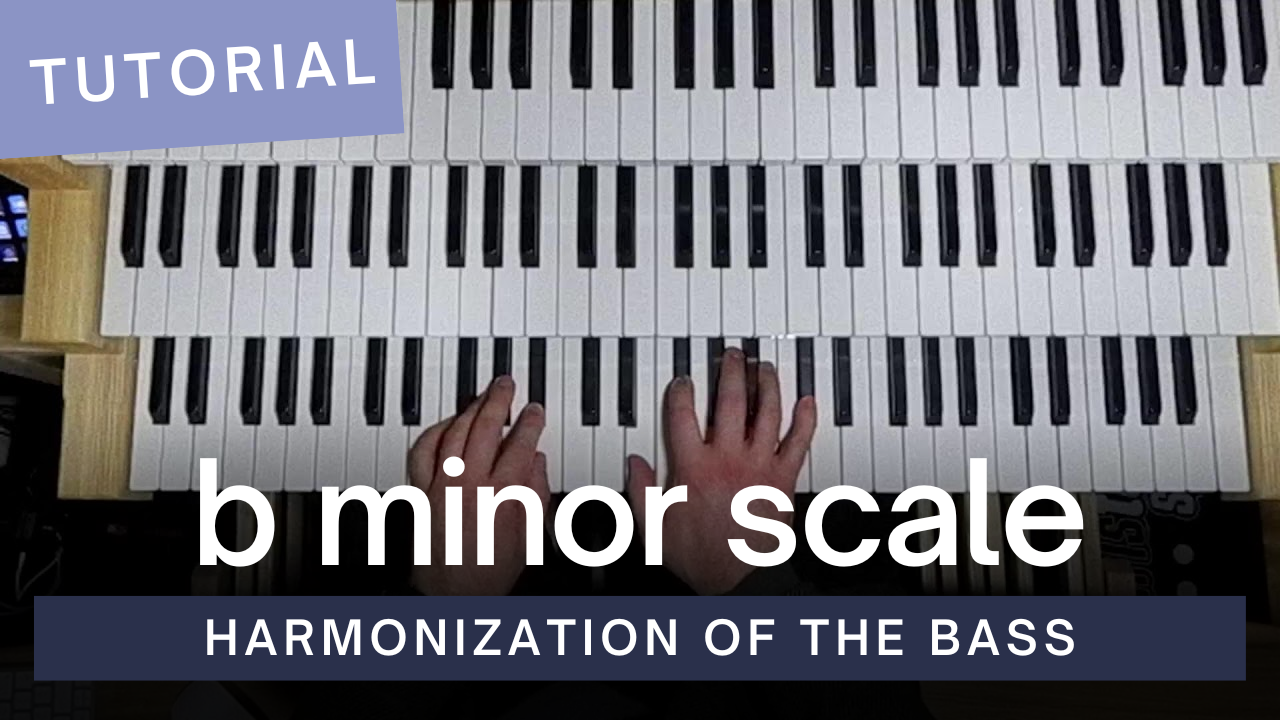
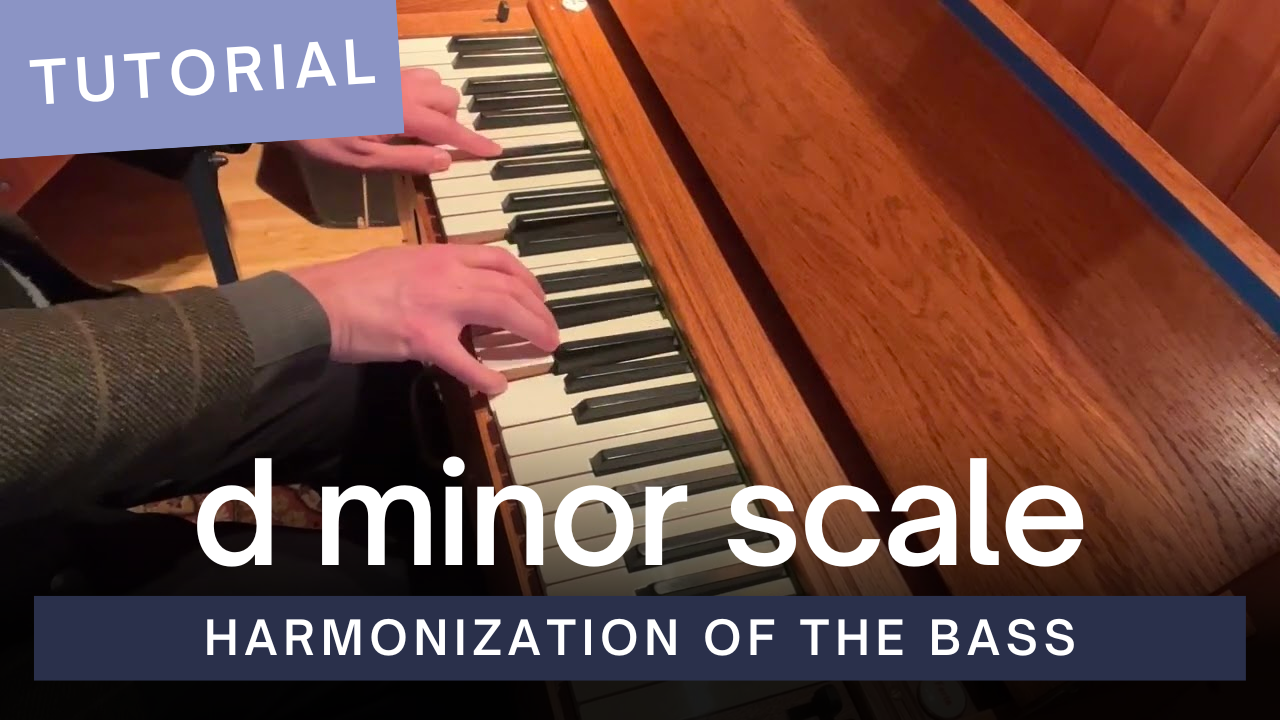
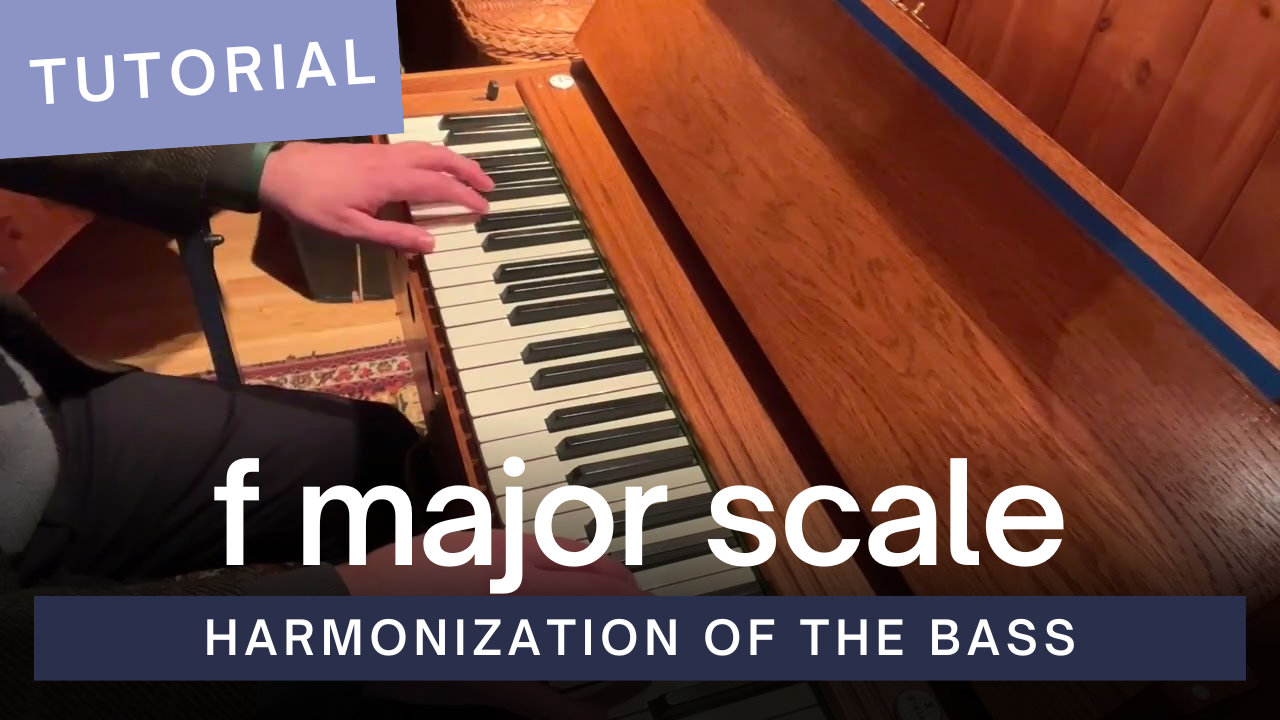
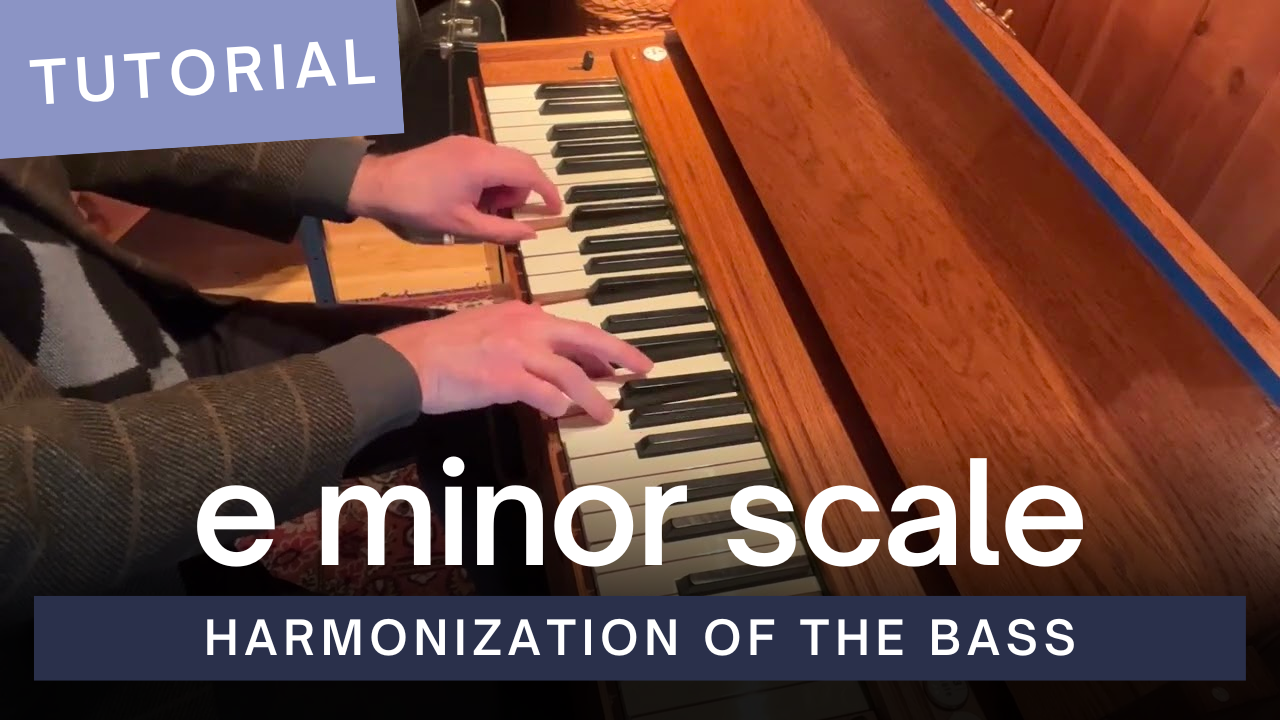


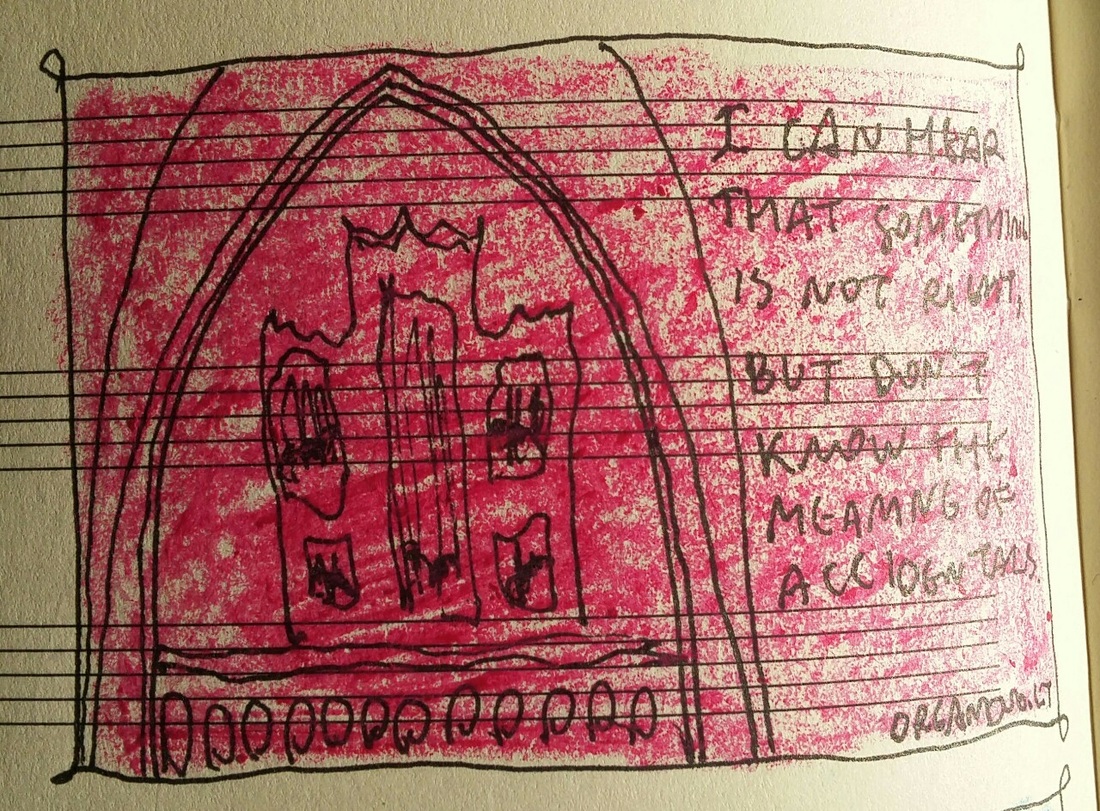
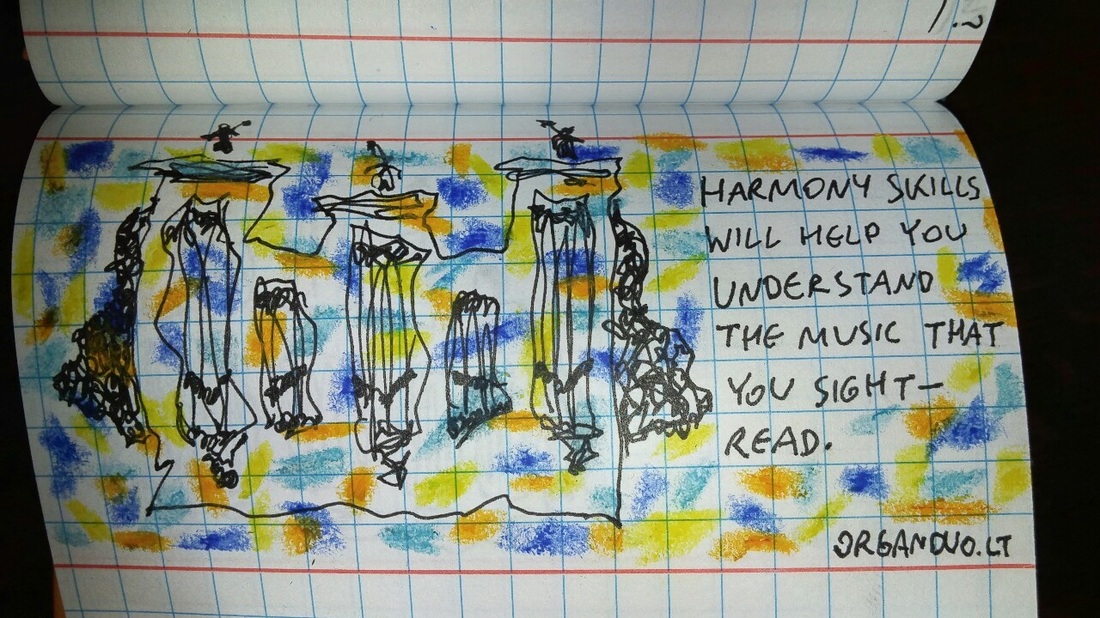

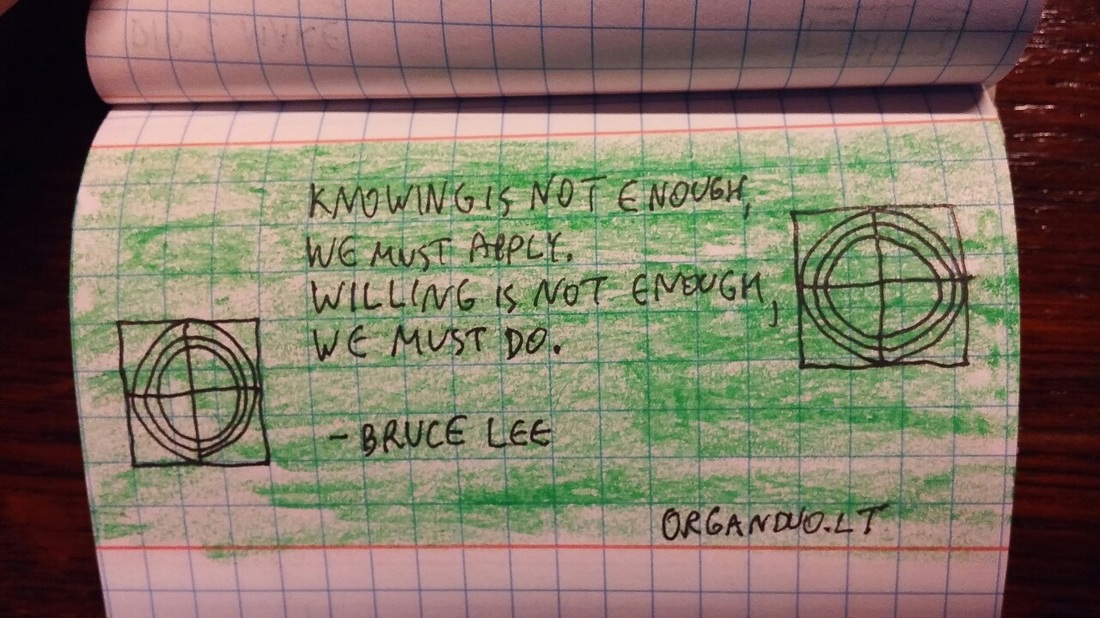



 RSS Feed
RSS Feed